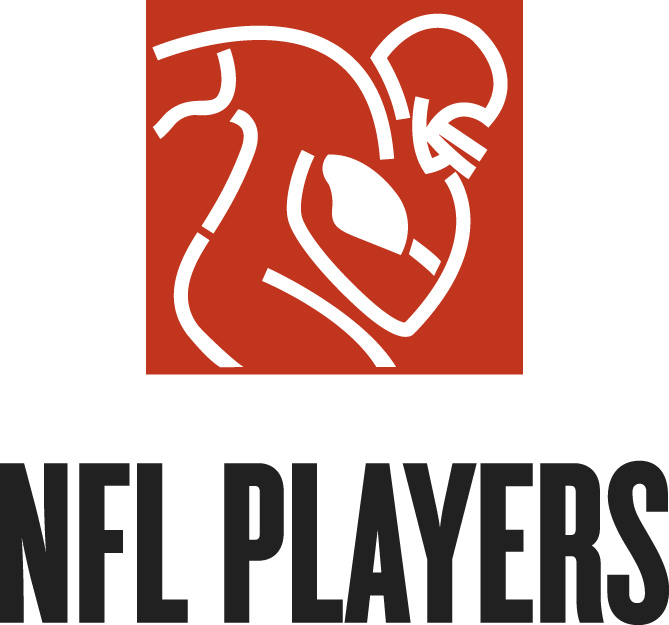 Over 60 antitrust suits were filed against the NFL between 1966 and 1991. The NFL has not been able to benefit from the same broad antitrust exemption as Major League Baseball. Thus, the NFLPA’s threat of decertification followed by an antitrust suit must be taken seriously by the NFL and will certainly play a role today as the clock ticks towards the deadline for an agreement to be made.
Over 60 antitrust suits were filed against the NFL between 1966 and 1991. The NFL has not been able to benefit from the same broad antitrust exemption as Major League Baseball. Thus, the NFLPA’s threat of decertification followed by an antitrust suit must be taken seriously by the NFL and will certainly play a role today as the clock ticks towards the deadline for an agreement to be made.
Section 1 of the Sherman Act states that it is illegal to enter into any contract, combination, or conspiracy in restraint of trade. If the court cannot rule as to whether a restraint is per se illegal, it will look to see if it is unreasonable under the “rule of reason” test. Test aside, the NFL has been able to protect itself from a majority of antitrust lawsuits based on the nonstatutory labor exemption.
The nonstatutory labor exemption protects the NFL Collective Bargaining Agreement (CBA) from being in violation of antitrust laws, as long as there exists good-faith bargaining over wages, hours, and working conditions. It recognizes that some restraints on competition will be a part of collective bargaining, but that these restraints are justified by the benefits of collective bargaining. With no collective bargaining agreement in place and assuming that union decertification occurs, would the nonstatutory labor exemption survive? Do the parties want to find out?
In 1989, the NFLPA filed a lawsuit and claimed that once the 1982 CBA expired and negotiations reached an impasse, the nonstatutory labor exemption ceased to exist. If the parties do not reach an agreement today and there is not another extension for talks to continue, it could certainly be argued that the parties have reached an impasse. Anyway, in the 1989 case, the infamous Judge Doty held that the impasse did in fact put an end to the nonstatutory labor exemption. That holding was overturned because it was found that a collective bargaining relationship between the NFL and the NFLPA still existed. Then the NFLPA decertified and players filed antitrust lawsuits against NFL owners.
No one wants to go down that road again. Lawsuits cost money. Appeals cost even more money. And from what we know about Judge Doty, he tends to lean towards protecting the players, as evidenced by his recent ruling on the NFL’s Lockout Insurance policy and his decision in the aforementioned 1989 lawsuit. Even if the NFL ends up proving that decertification is merely a ploy to open up the door for sham antitrust lawsuits and convinces a judge that even though the NFLPA “decertified” the entity is still in effect a union, it will take a lot of money, time, and energy to get to that point. The NFLPA seems ready to go to battle. Will the NFL fold its hand or fight it out in court?